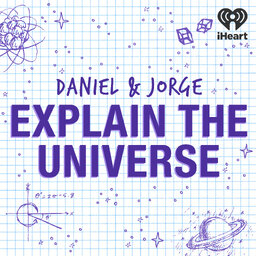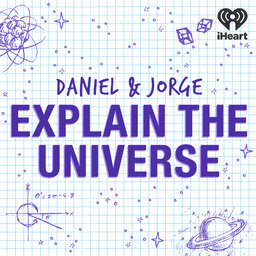Could we reveal quantum gravity in a tabletop experiment?
Daniel and Jorge talk about how clever experiments might provide a breakthrough in the effort to understand the quantum nature of space-time.
See omnystudio.com/listener for privacy information.
 Daniel and Jorge Explain the Universe
Daniel and Jorge Explain the Universe


